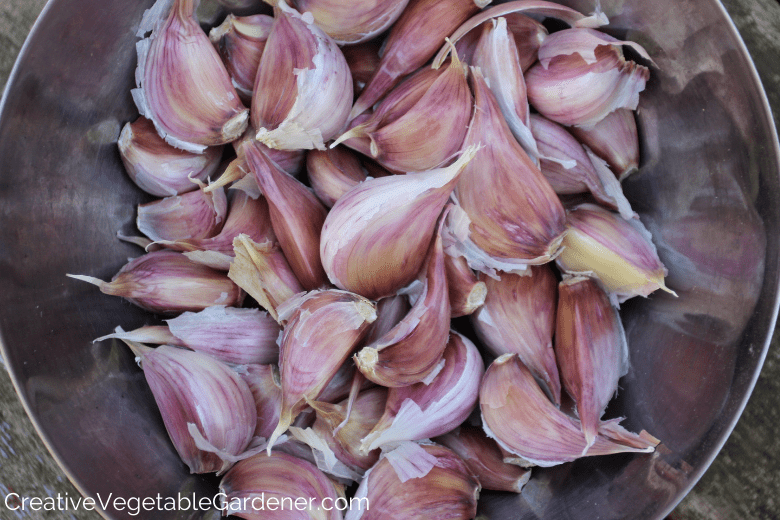
In an ideal world, you planted your garlic in the fall. But, we and our gardens don’t always exist in a reality where we accomplish everything on our garden to-do lists. Luckily, if you forgot to plant last fall, moved to a new house in winter, or just discovered that you want to grow garlic, planting garlic in spring is an option.
Garlic is definitely an ingredient I use in my kitchen almost every day, and having your own freshly grown garlic is amazing if you like to cook.
Garlic is a versatile herb that can be used in many different dishes. It has a strong flavor that can be used to add flavor to sauces, soups, and stews. Garlic can also be used as a seasoning for meat, poultry, and fish. In addition, garlic has many health benefits and can help to reduce the risk of heart disease and cancer.
And growing garlic is incredibly easy, particularly for gardeners in cold climates.
When planting your spring garden, garlic is a great addition to your planting schedule. Ready to get started growing garlic? Grab your garden gloves and read on!
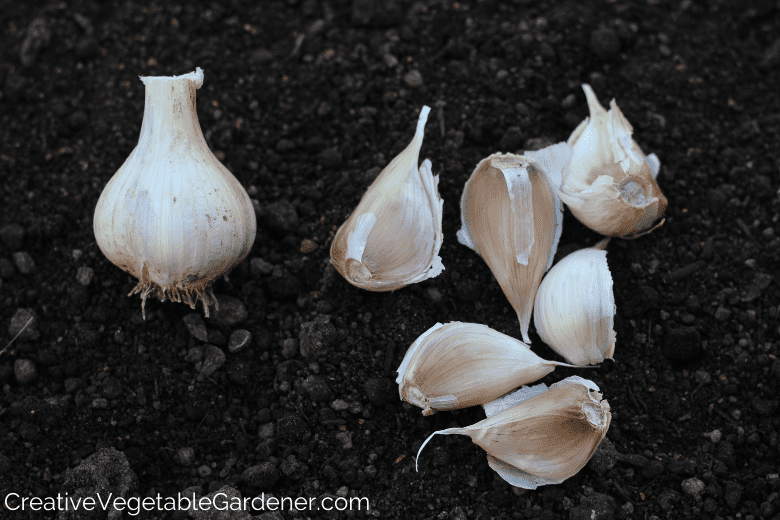
Types of Garlic
There are two main types of garlic and which one you choose to plant will depend upon what you’re looking for in a garlic harvest. While there are hundreds of cultivars of garlic, you can sort them into two main categories: hardneck and softneck.
Softneck is the most common variety found in grocery stores. Softnecks often have many smaller cloves and they sometimes form multiple layers of bulbs around the stem.
Softnecks tend to store for longer periods of time than hardnecks and they grow well in most climates. If you live in a warmer climate, this would be the garlic type to choose for your garden.
Hardneck garlic generally has fewer and larger cloves than softneck. Hardnecks produce a scape, or stalk, in late spring that grows from the center of the plant.
Most gardeners remove the scapes in early summer and you can make a delicious garlic scape pesto from them.
Because the outer paper on the bulb is thinner they won’t store as long as softneck garlic. They are best grown in cold climates.
Read more about garlic varieties to help you decide what kind you want to grow and learn where to buy them.
How many cloves does the average head of garlic have?
The answer varies widely depending upon what kind of garlic you plant. I’ve had softneck bulbs with 10, 15, or more cloves. On the other end of the spectrum, I’ve had hardneck bulbs with only five cloves. I mostly grow hardneck varieties because I prefer bigger cloves…way less peeling!
How to Vernalize Spring Garlic
Garlic is best planted in the fall because the cold weather triggers a process known as “vernalization”. Vernalization is when cold conditions trigger a sprouting process in the garlic. In my zone 5 garden in Wisconsin, I plant my garlic at the end of October or beginning of November depending on the weather. That way the cold winter months vernalize the garlic.
But, as we discussed at the beginning of the article, you can still plant garlic in spring. Ideally, you would mimic the vernalization process by placing your garlic cloves in the fridge for 4-8 weeks.
But, in all honesty, I’ve planted garlic in spring without doing this. You do run the risk that the garlic won’t form individual cloves, but I’ve found that mine did when I planted spring garlic without putting it in the fridge first.
When to Plant Spring Garlic
Try to plant your spring planted garlic as early as possible so it has plenty of time to grow. At least six to eight weeks before your average last frost would be great, but that will depend on the weather conditions where you live at that time of year. If there’s a warm early spring weekend, get out there and get planting!
How to Plant Garlic
Step 1: Prep your garlic bed for planting.
I have heavy soil, so I break up the soil by using my favorite garden tool, the digging fork. (I have several, including this one.) I follow that up with a garden rake to smooth out the soil surface so it’s nice and flat for planting.
In over 20 years of gardening I’ve always had a no-till garden. Tilling destroys the soil structure and I hate wrestling with loud machines. Gardening should be quiet and peaceful!
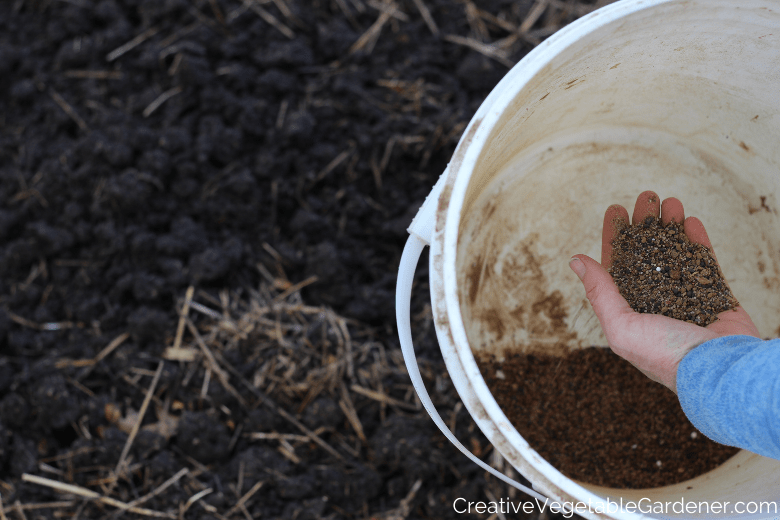
Step 2: Add organic fertilizer.
After struggling with soil nutrient issues in several of my gardens over the years, I now recommend that all gardeners add organic garden fertilizer to their garden beds before each planting of seeds and plants. This applies when planting garlic in spring. Read all about it, including what kinds you should buy, in this article about organic garden fertilizer.
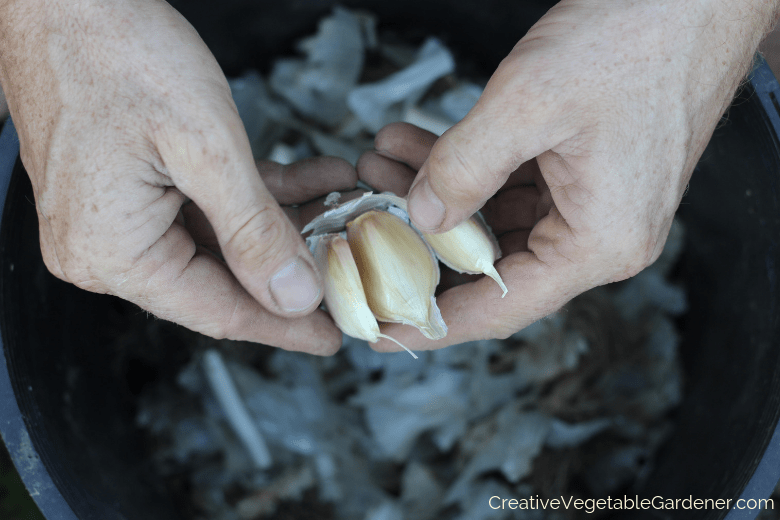
Step 3: Pop the garlic.
When planting garlic you’re planting the individual cloves, not the entire bulb. One clove will grow into a whole bulb by the time it’s ready to harvest. That’s a pretty good payback!
“Popping the garlic” is a fancy way of saying breaking the bulbs into the individual cloves. I usually do this over a bucket or bowl to catch the cloves and loose paper covering the cloves and bulb.
Keep the paper on each clove, you don’t need to peel them. It will offer a protective layer while they’re in the ground.
If you’re planting more than one variety at a time and you want to keep track of each one, work with them separately and keep them in their own containers with a label.

Step 4: How to plant garlic in spring.
Garlic spacing is six inches between each clove on all sides. I’ve experimented with tighter spacing, four inches, but it resulted in smaller bulbs and cloves. Personally, bigger is better in my book!
Six inch spacing means you can fit a lot of garlic in a small space. I can usually squeeze all of my 220 cloves in two larger garden beds. A quick way to easily measure the distance between the cloves is to mark every six inches on your rake handle. Or you can use a measuring tape spread out over the width of the bed.
The cloves should be planted about four to six inches deep. If you can’t easily get them down into the soil that far, use a tool like a dandelion digger or trowel (my all-time favorite trowel!) to open up a deeper hole for the clove.
Make sure you’re planting the clove pointy side up and root side down.
When you’re finished planting use your hands to smooth out the soil and make sure each clove is well covered.
Watch the accompanying video to watch me planting garlic in my garden.
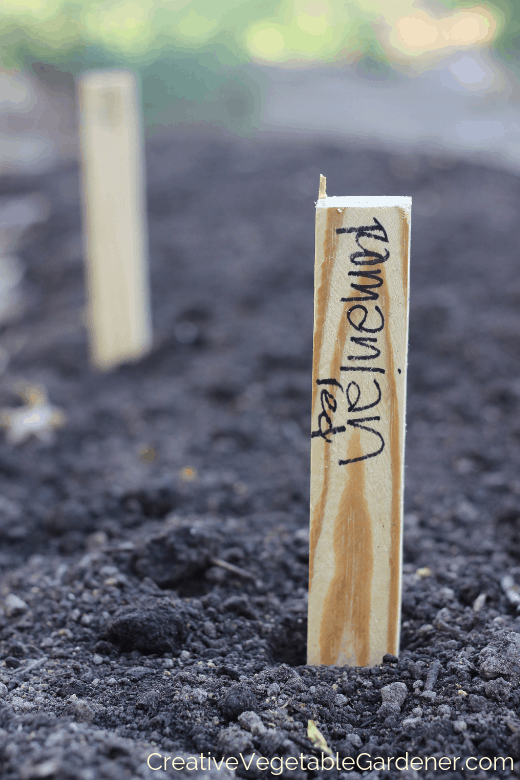
Step 5: Mark the varieties.
If you’re keeping track of your garlic varieties make sure you write them down on your garden map so you can differentiate between them at harvest time.
I also write each variety name on a stake and pound it into the ground in front of the first row. On your map, you can also write the amount of each variety you planted so you can evaluate if it’s enough (or too much) next year.
Keeping records over time helped me figure out that 220 cloves was just about right. There’s no need for us to plant more, even when we have extra seed.
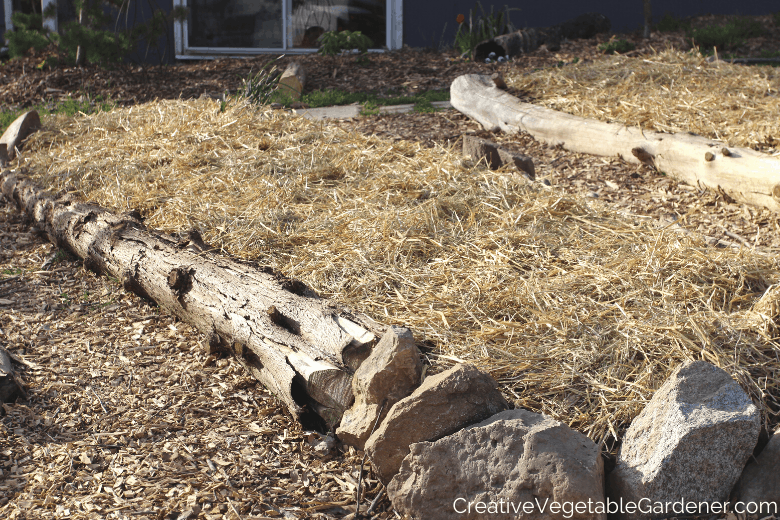
Caring for Garlic Plants
Water
Give the garden bed a good watering after planting garlic in spring to help it establish roots quickly. Try to give the plants about 1 inch of water per week. If it’s raining consistently during the spring you may not have to water much. Read more about watering your vegetable garden the right way.
Mulch
After planting, spread a thick layer of vegetable garden mulch – hay, straw, leaves, or grass clippings – over the entire planting area. The mulch will protect the soil from erosion from wind and rain, suppress weeds (less work!), and retain soil moisture so you have to water less.
When it has established roots, the green garlic leaves will easily come up through the mulch, there’s no need to remove it.
Weed
The mulch should keep down the majority of the weeds, but pull any weeds that make it through the mulch. Garlic doesn’t like to compete with weeds.
When to Harvest Garlic
Spring planted garlic often takes longer to grow than fall planted garlic. The best way to know when your garlic is ready to be harvested is when several of the lower leaves (three to four) closest to the ground have turned brown.
Learn everything you need to know about harvesting and drying garlic for long term storage.
More Tips for How to Plant Garlic in Spring and Fall
Garlic is one of my absolute favorite things to grow in my garden. So of course, I’ve written lots of articles about growing garlic that are packed with useful tips and tricks to ensure you grow an amazing crop of garlic this season.
- 10 fantastic reasons to grow your own garlic
- All about drying garlic for winter storage
- How to decide which garlic varieties to grow
- Tips for planting garlic in fall
This season, put planting garlic in spring on your to do list and I promise you won’t regret it. And once you get the hang of it, you can move your garlic planting time to fall each year and your harvest will be even better!
SHARE IT ON PINTEREST

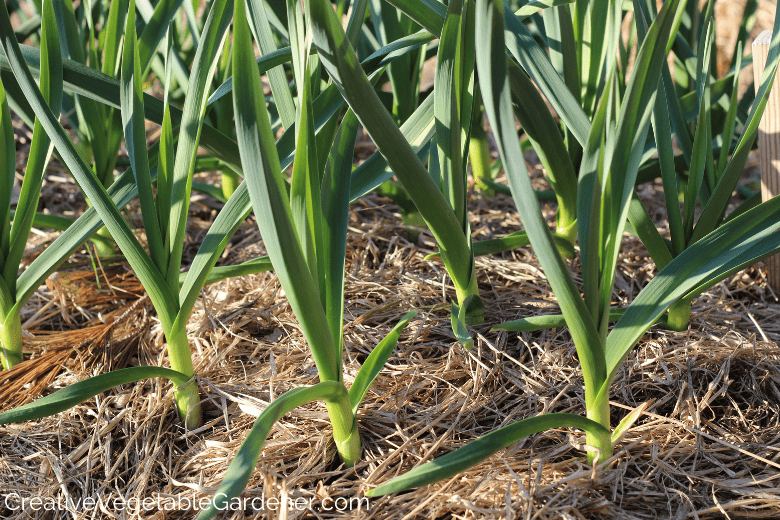

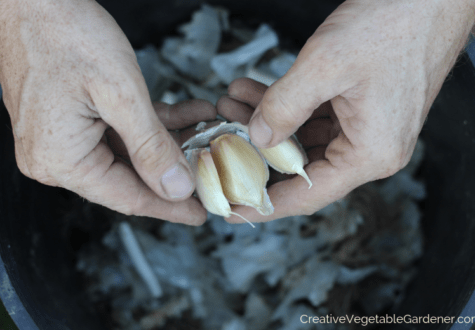

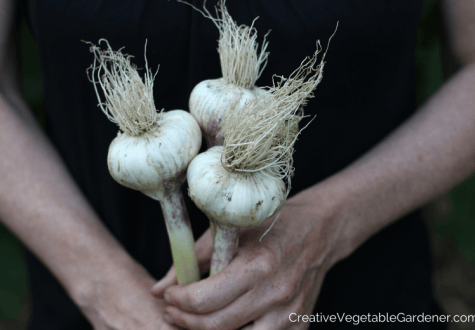




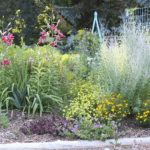
Comments
I planted my sprouted garlic cloves in April and the stalks have already turned brown. What does that mean?
Were the stalks green? Do you spray chemicals in your yard?